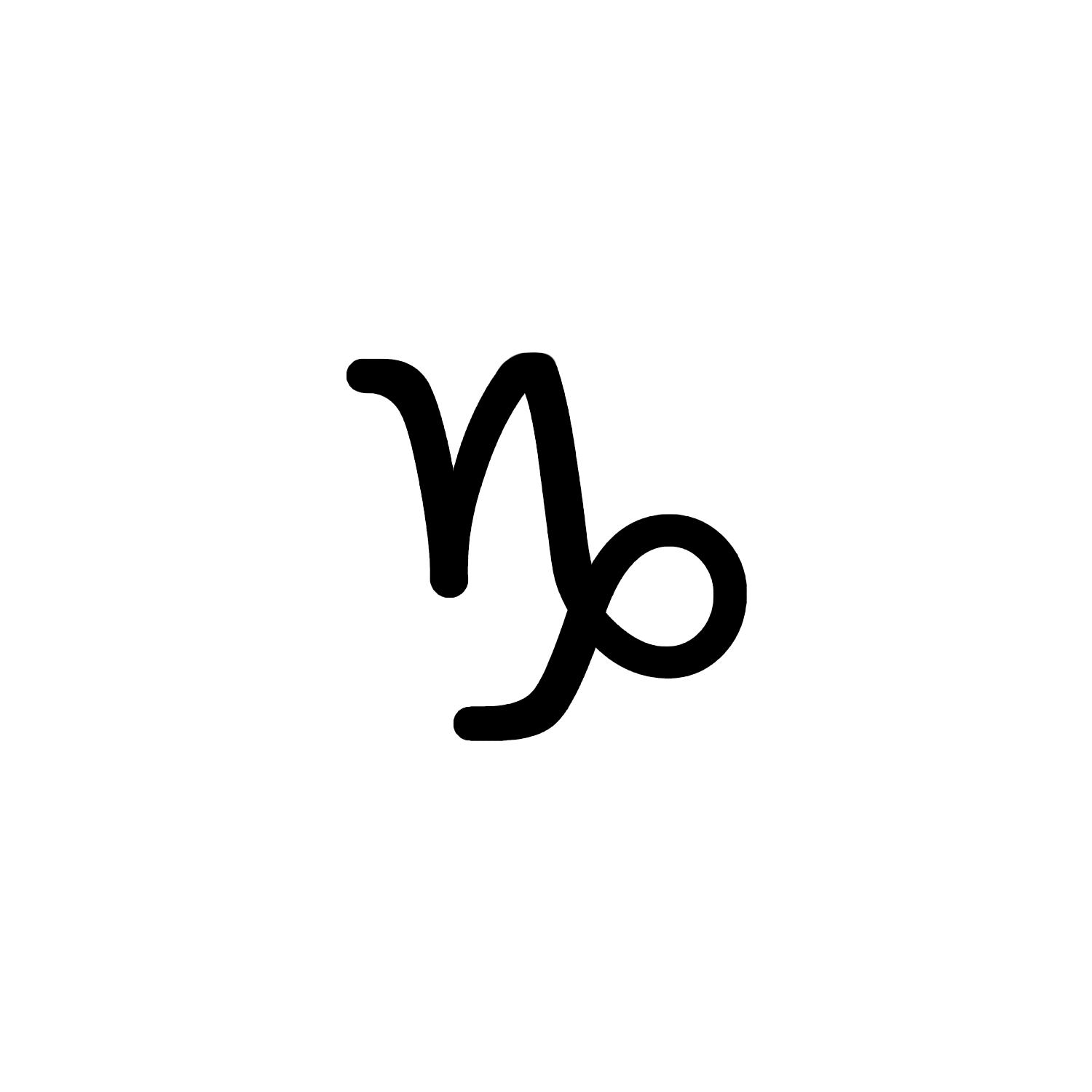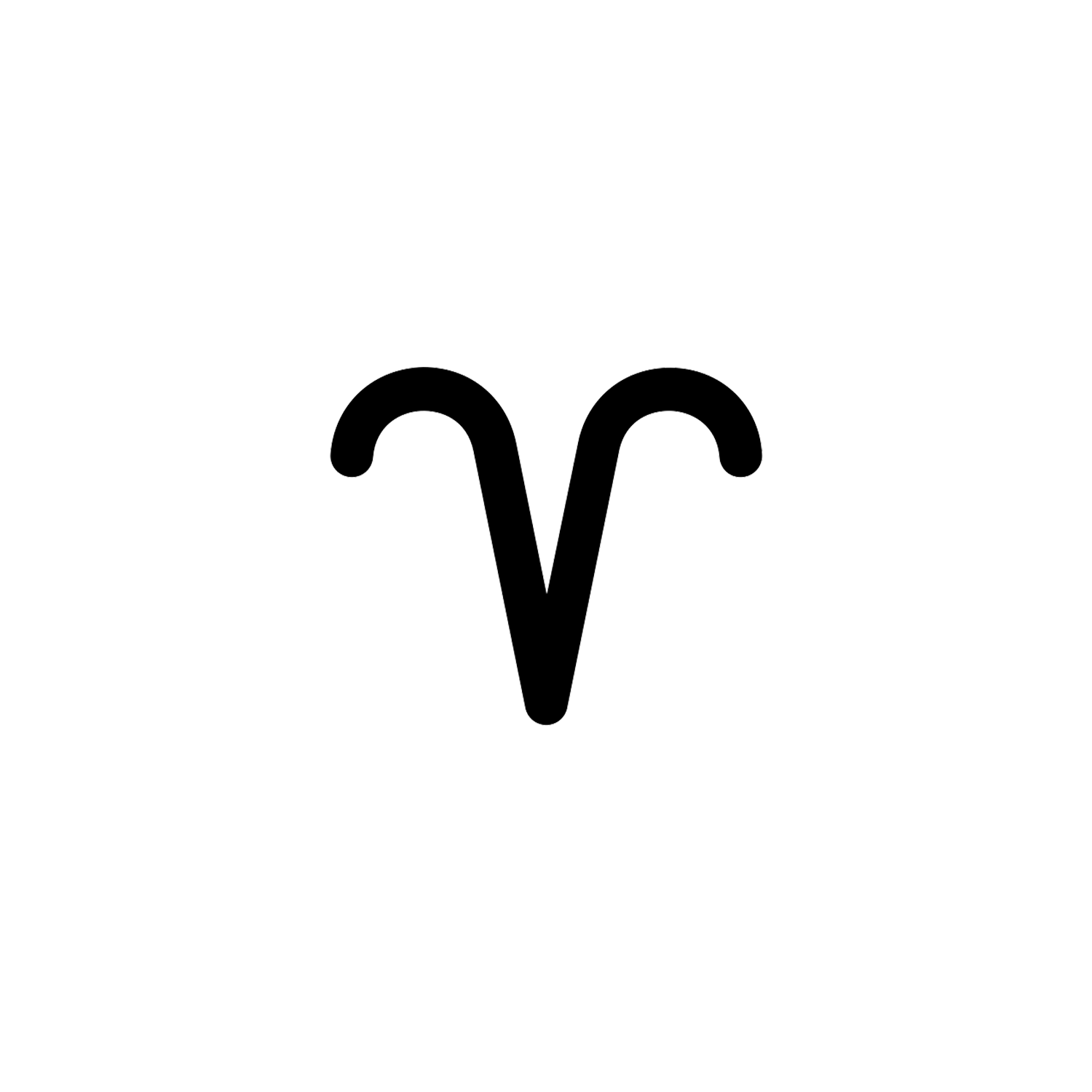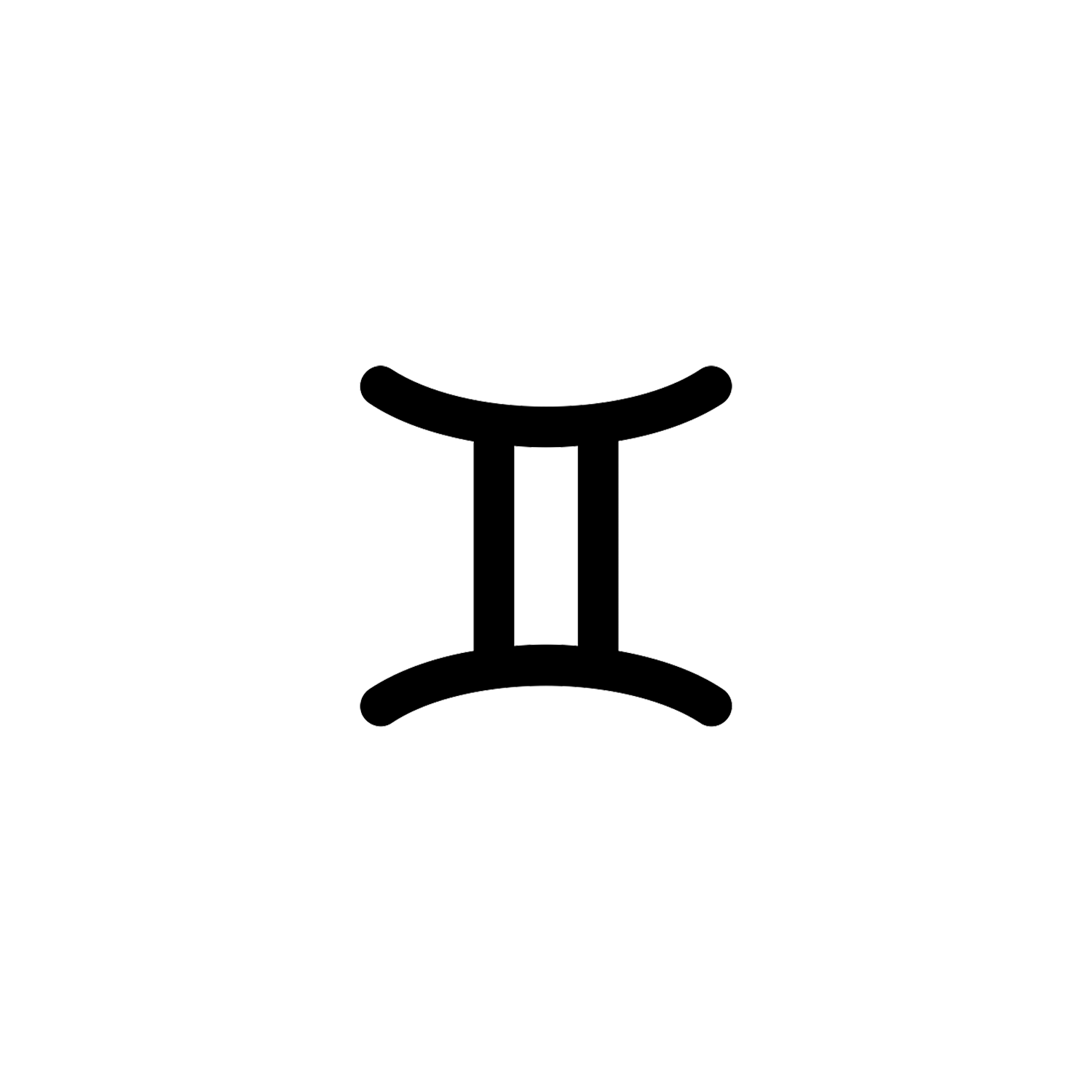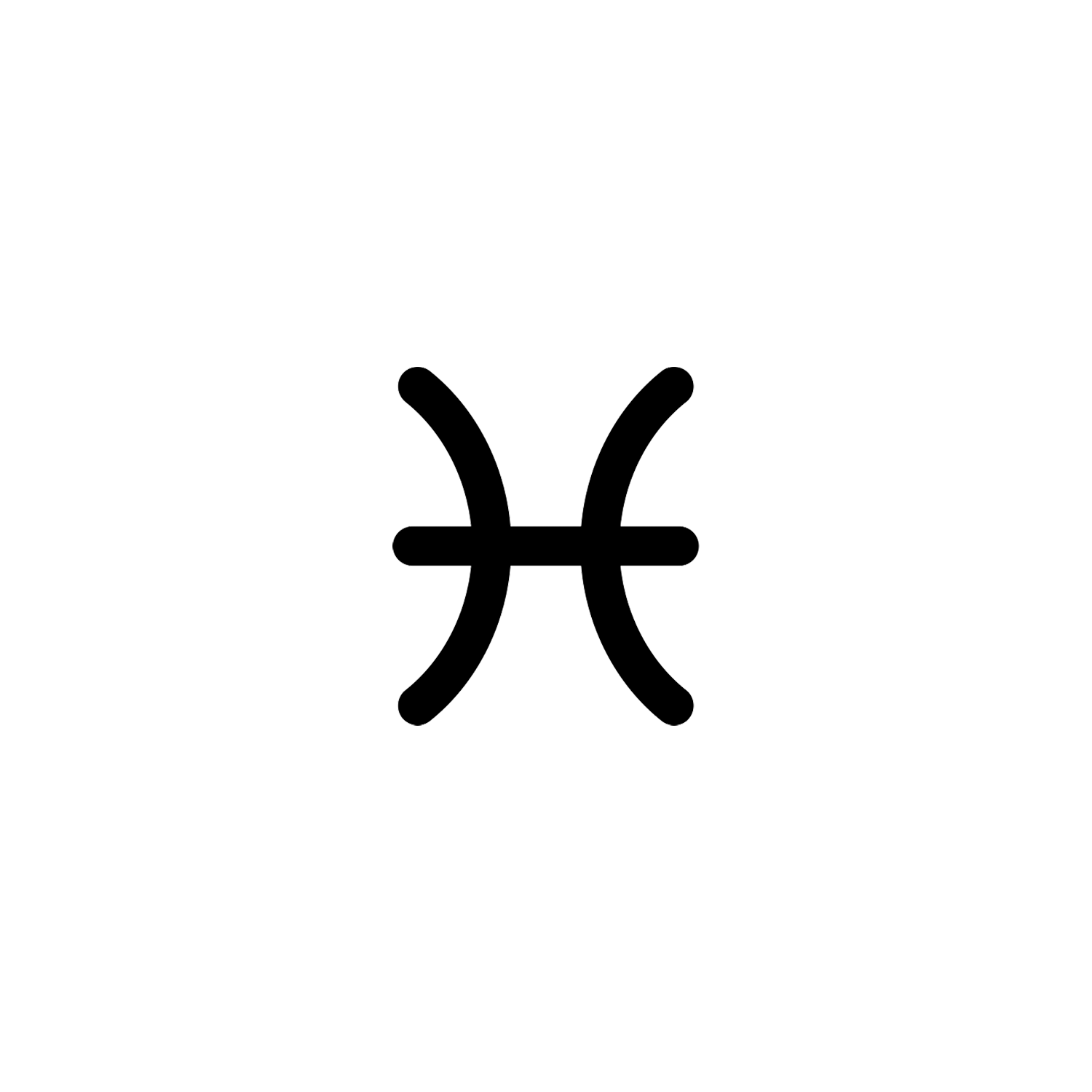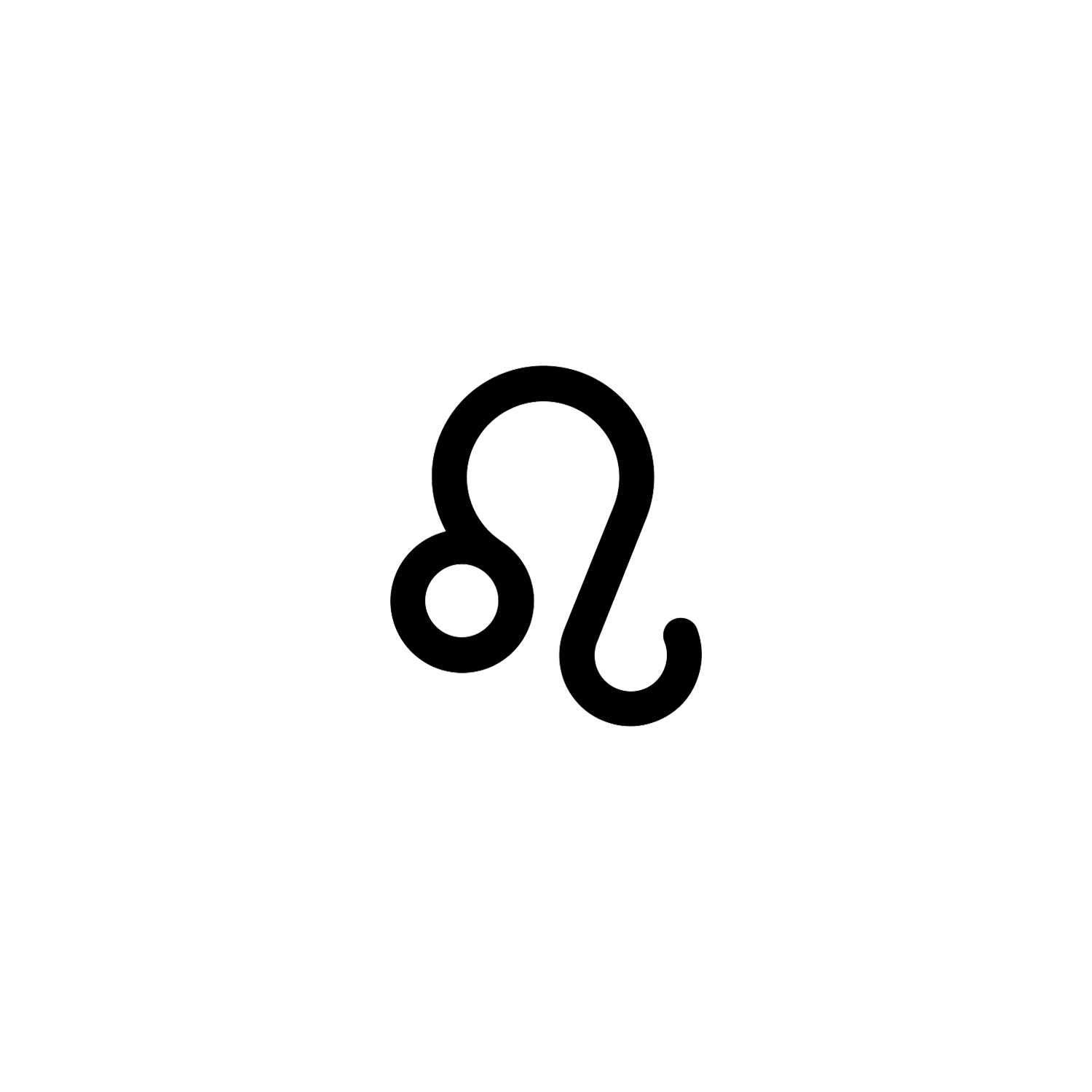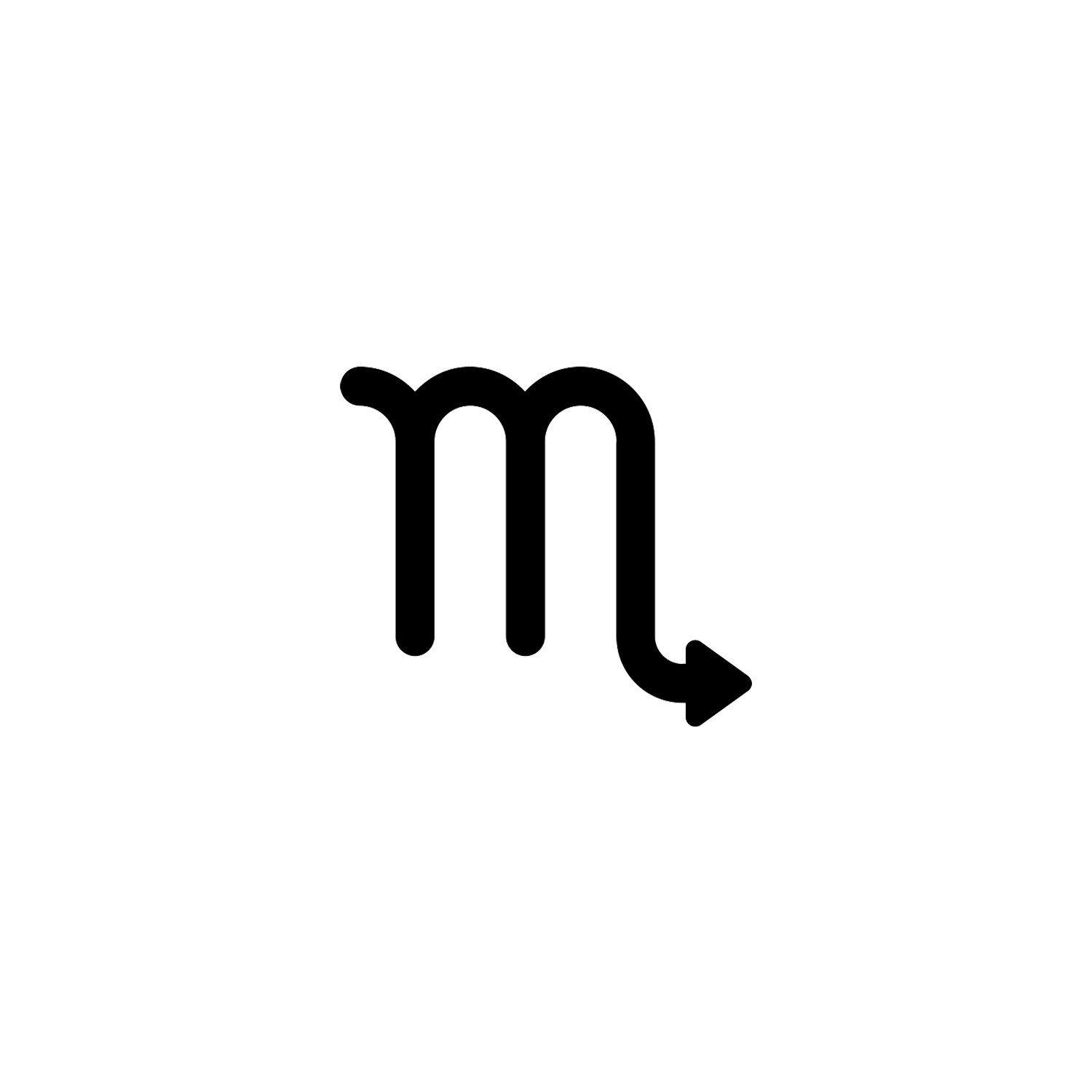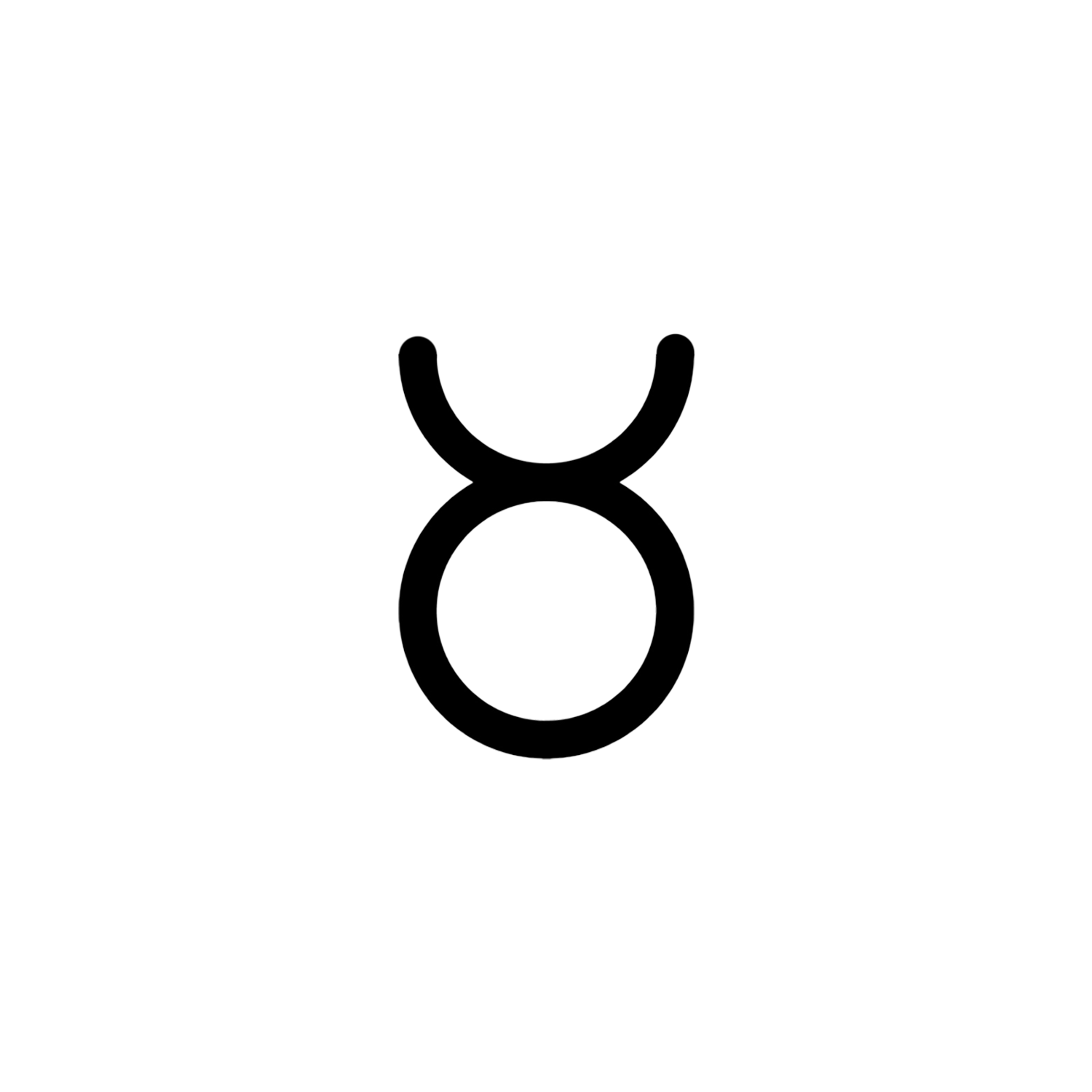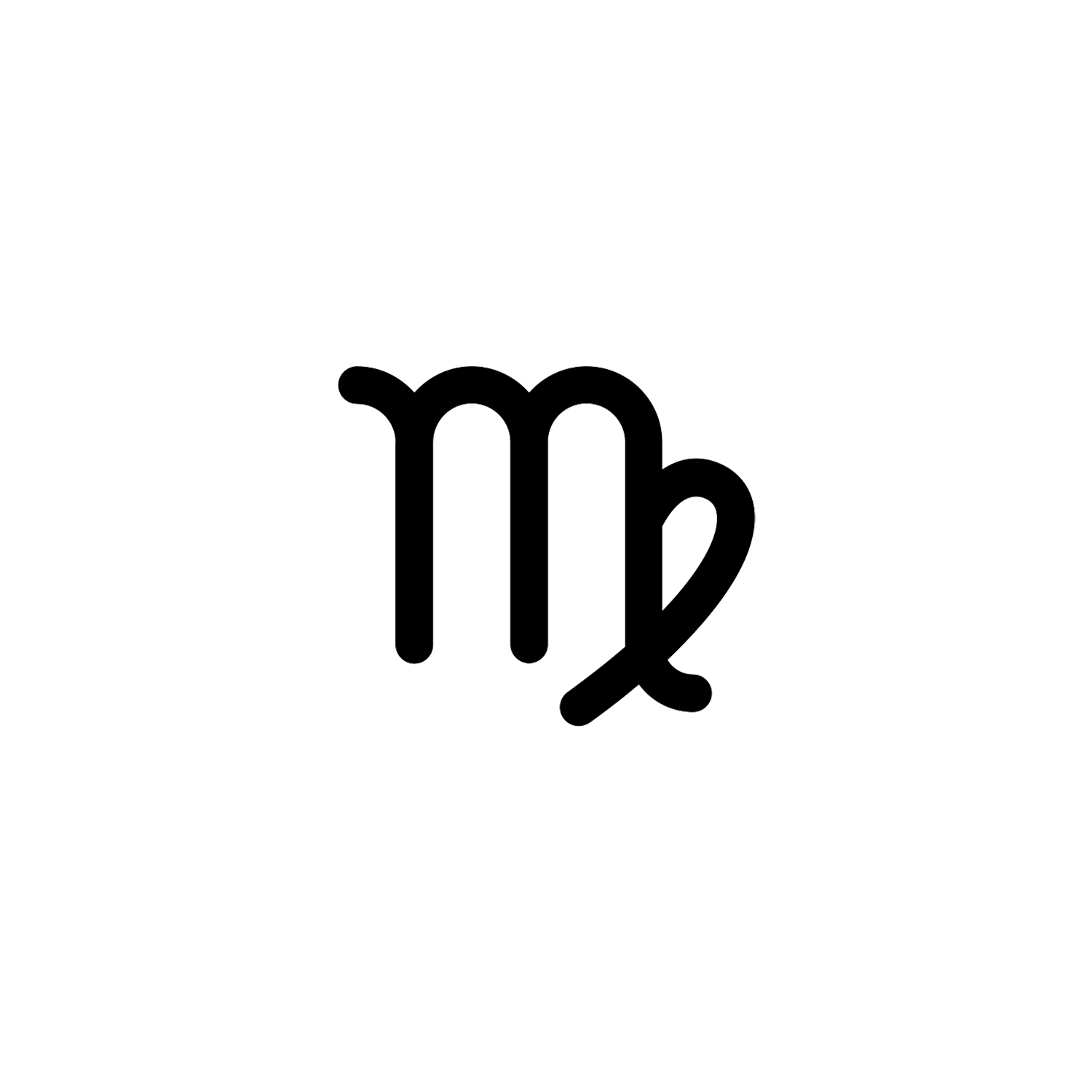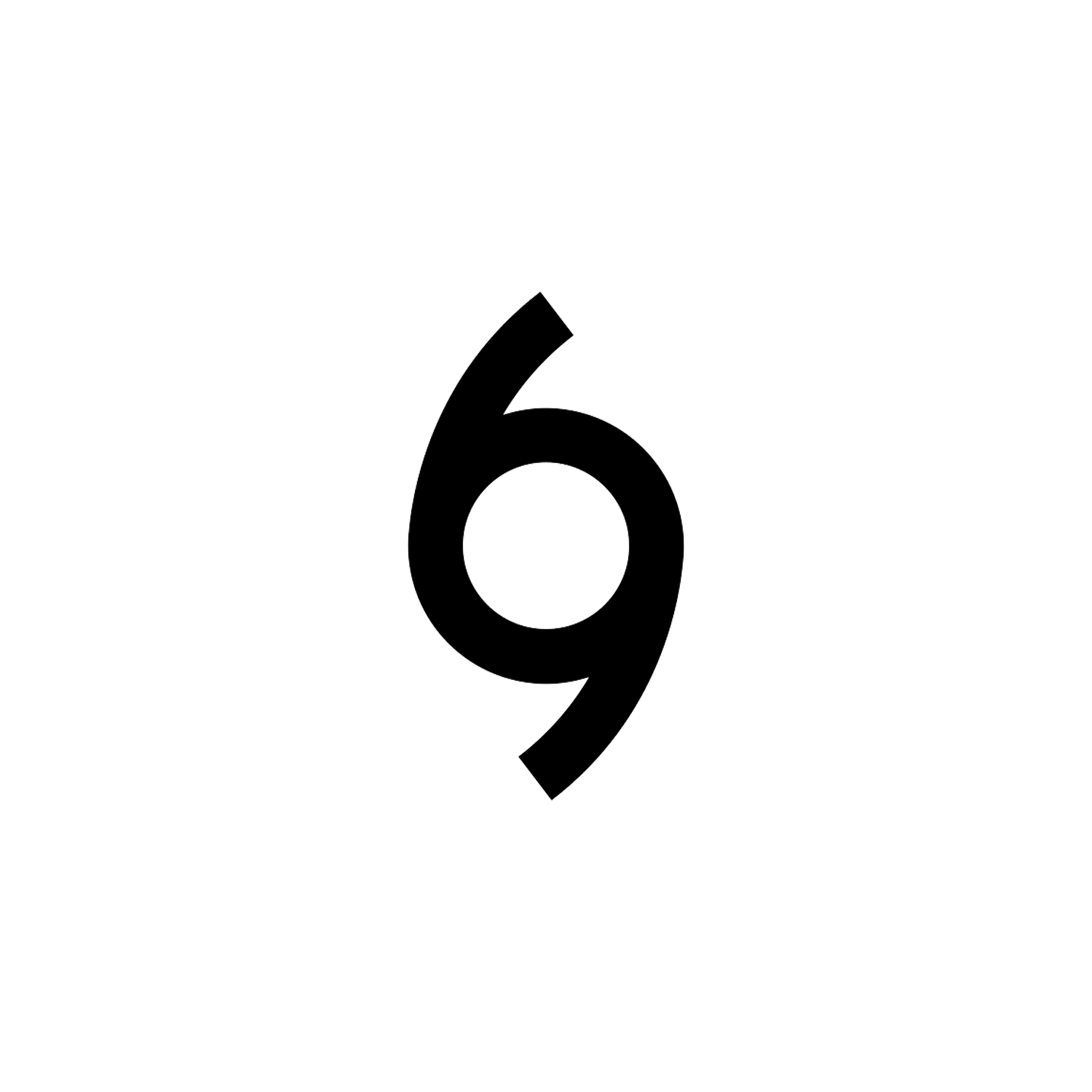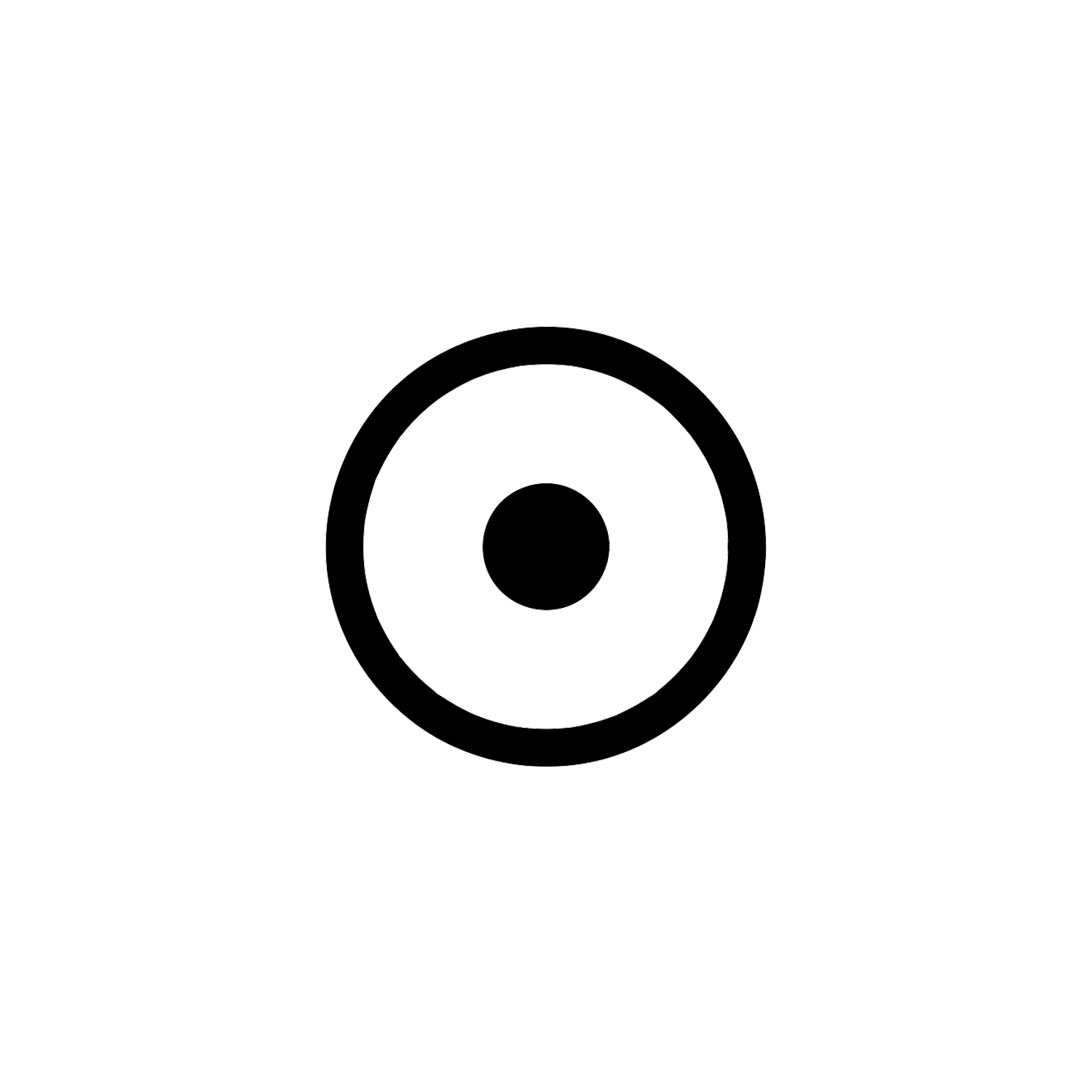Sagittarius


Sagittarius
The ninth astrological sign in the zodiac.
Overview
Sagittarius (Greek: Τοξότης, romanized: Toxótēs, Latin for “archer”) is the ninth astrological sign, which is associated with the constellation Sagittarius and spans 240–270th degrees of the zodiac. Under the tropical zodiac, the sun transits this sign between approximately November 22 and December 21.[1] Greek mythology associates Sagittarius with the centaur Chiron, who mentored Achilles, a Greek hero of the Trojan War, in archery.[2]
Sagittarius, the half human and half horse, is the centaur of mythology, the learned healer whose higher intelligence forms a bridge between Earth and Heaven. Also known as the Archer, Sagittarius is represented by the symbol of a bow and arrow.

As an archer, Sagittarius is said never to fail in hitting the mark and this depiction alludes to the power of prophecy, hence, the claim that seers and prophets are born in this sign.[3]


Astrology
Along with Aries and Leo, Sagittarius is a part of the Fire Trigon as well as the last of the reproductive trinity.[4] It also follows Gemini and Virgo as third of the mutable signs, which are the signs that feature changeable quality.[5] When Sagittarius is depicted as an archer, then he is classified as human but when represented as a centaur, he is nonhuman (bestial).[6] However, the classification of the astrological sign as a human or bestial does not carry practical consequences for interpretation.[6]
In Western astrology, the polarity divides the zodiac in half and refers to the alignment of a sign’s energy as either positive or negative, with various attributes associated to them as a result.[7]
Positive polarity signs, also called active, yang, expressive, or masculine signs, are the six odd-numbered signs of the zodiac: Aries, Gemini, Leo, Libra, Sagittarius, and Aquarius. Positive signs make up the fire and air triplicities.[8][9]
Negative polarity signs, also called passive, yin, receptive, or feminine signs,[10] are the six even-numbered signs of the zodiac: Taurus, Cancer, Virgo, Scorpio, Capricorn, and Pisces. Negative signs make up the earth and water triplicities.[11]

Astronomy
Sagittarius is one of the constellations of the zodiac and is located in the Southern celestial hemisphere. It is one of the 48 constellations listed by the 2nd-century astronomer Ptolemy and remains one of the 88 modern constellations. Its name is Latin for “archer”. Sagittarius is commonly represented as a centaur drawing a bow. It lies between Scorpius and Ophiuchus to the west and Capricornus and Microscopium to the east.
The center of the Milky Way lies in the westernmost part of Sagittarius.

The Red Spider Nebula (NGC 6537) is a planetary nebula located at a distance of about 4000 light-years from Earth.
The Babylonians identified Sagittarius as the god Nergal, a centaur-like creature firing an arrow from a bow.[12] It is generally depicted with wings, with two heads, one panther head and one human head, as well as a scorpion’s stinger raised above its more conventional horse’s tail. The Sumerian name Pabilsag is composed of two elements – Pabil, meaning ‘elder paternal kinsman’ and Sag, meaning ‘chief, head’. The name may thus be translated as the ‘Forefather’ or ‘Chief Ancestor’.[13] The figure is reminiscent of modern depictions of Sagittarius.
In Greek mythology, Sagittarius is usually identified as a centaur: half human, half horse. However, perhaps due to the Greeks’ adoption of the Sumerian constellation, some confusion surrounds the identity of the archer.[14]
Chiron was notable throughout Greek mythology for his youth-nurturing nature. His personal skills tend to match those of his foster father Apollo, who taught the young centaur the art of medicine, herbs, music, archery, hunting, gymnastics, and prophecy, and made him rise above his beastly nature.[15] Chiron was known for his knowledge and skill with medicine, and thus was credited with the discovery of botany and pharmacy, the science of herbs and medicine.[16]
Some identify Sagittarius as the centaur Chiron, the son of Philyra and Cronus, who was said to have changed himself into a horse to escape his jealous wife, Rhea, and tutor to Jason. As there are two centaurs in the sky, some identify Chiron with the other constellation, known as Centaurus.[17] Or, as an alternative tradition holds, that Chiron devised the constellations Sagittarius and Centaurus to help guide the Argonauts in their quest for the Golden Fleece.[18]
A competing mythological tradition, as espoused by Eratosthenes, identified the Archer not as a centaur but as the satyr Crotus, son of Pan, who Greeks credited with the invention of archery.[19][20]
According to myth, Crotus often went hunting on horseback and lived among the Muses, who requested that Zeus place him in the sky, where he is seen demonstrating archery.[21]
The arrow of this constellation points towards the star Antares, the “heart of the scorpion”, and Sagittarius stands poised to attack should Scorpius ever attack the nearby Hercules, or to avenge Scorpius’s slaying of Orion.[22]

Differences between Astrology and Astronomy
Astrological signs are now only used in astrology to tell fortunes and describe people’s characters. Zodiac constellations are the subject of astronomy. Previously, they marked the passage of time and the seasons for ancient people and helped create calendars. Even now, they are used for marine navigation and astronomical observations. For instance, they are especially useful for amateur astronomers as reference points to locate planets.
Astrology is a pseudoscience.[23] Scientific investigations of the theoretical[24] basis and experimental verification of claims[25] have shown it to have no scientific validity or explanatory power. More plausible explanations for the apparent correlation between personality traits and birth months exist, such as the influence of seasonal birth in humans.
The zodiac signs’ dates are now about a month ahead of when the Sun meets the corresponding constellations. These dates were established more than two thousand years ago, but today things changed. For example, Aries now meets the Sun around April 19 (the exact date depends on the year and your timezone) instead of the astrological date of March 21. So, most people who think of themselves as Aries were born when the Sun was in Pisces.
The reason for this time shift is the axial precession of the Earth. Our planet is like a spinning top: it’s flattened at the poles and bulges at the equator, pulled by the Moon and Sun. So, it wobbles as it spins, tracing a cone of 23.5° radius with its axis. The wobble is called the precession of the Earth’s axis, or the precession of the equinoxes. Each spin lasts one day, but each gyration around the cone takes 25,800 years. The movement slowly alters the view of the zodiac from the Earth, making the constellations appear to slide to the east about 1° per human lifetime.
Moreover, just as in ancient times, now the Sun passes through the 13th constellation Ophiuchus that we mentioned above. So, no zodiac constellation meets the Sun from around November 30 to December 17, but, in astrology, these days belong to the sign Sagittarius.
It’s the astronomical view of things. Astrologers defend themselves by saying that they use the tropical zodiac, which is fixed to seasons, not the position of constellations. So, it’s your choice to believe whether you are Aries or Pisces, Sagittarius or Ophiuchus.

There are twelve constellations that roughly correspond to the traditional zodiac signs and are recognized as members of the zodiac family: Aries, Taurus, Gemini, Cancer, Leo, Virgo, Libra, Scorpius, Sagittarius, Capricornus, Aquarius, Pisces.
They are called “zodiac” on behalf of tradition. Beyond that, there is no reason why they are grouped this way.
Astrologers say that during the dates of a zodiac sign, the Sun is “in” the corresponding constellation. Over a year, the Sun regularly visits 13 constellations in the sky: Capricornus, Aquarius, Pisces, Aries, Taurus, Gemini, Cancer, Leo, Virgo, Libra, Scorpius, Sagittarius, and Ophiuchus. The last one doesn’t have its traditional zodiac sign, but why? To find out, we would have to ask the Babylonians.
Babylonian astronomers designated the 12 zodiac signs in the 5th century B.C. They knew the 13th constellation Ophiuchus, but it didn’t fit into the ancient calendar of 12 lunar months. So, Babylonians omitted Ophiuchus for convenience. Modern Western zodiac astrology still follows the Babylonian tradition. Moreover, astronomy constellation maps don’t include Ophiuchus in the zodiac family either – it belongs to the Hercules one.
Altogether, the 13 constellations are called the constellations of the ecliptic. The ecliptic refers to the imaginary plane containing the Earth’s orbit around the Sun. We from the Earth observe it as the Sun’s path in the sky throughout the year. Over a year, the Sun appears to regularly pass in front of the ecliptic constellations one by one. The entry and exit dates almost perfectly repeat. For Ophiuchus, these dates are November 30 to December 17 (the beginning and the ending may vary by day, depending on the year and your timezone).
Therefore, if you are born at the beginning of December, don’t be surprised that the Sun is “in” Ophiuchus and not the constellation Sagittarius.

Conclusion
In astrology, Sagittarius is the ninth sign of the zodiac, considered as governing the period from about November 22 to about December 21. It is represented either by a centaur shooting a bow and arrow or by an arrow drawn across a bow.
The identification of Sagittarius as a mounted archer was made by the Babylonians as early as the 11th century BCE. In Greek mythology the sign is identified with the centaur Chiron.
[1] "Sagittarius". Britannica. August 12, 2022.
[2] Atsma, Aaron J. (c. 2015). "Kheiron : Greek goddess of justice".
[3] Leo, Alan (2006). Astrology for All. p. 36. New York: Cosimo, Inc. ISBN 1596059249.
[4] Leo, Alan (2006). Astrology for All. p. 36. New York: Cosimo, Inc. ISBN 1596059249.
[5] Anastasi, Sandy (2013). Astrology: Art and Science. p. 212. Bloomington, IN: Balboa Press. ISBN 9781452583921.
[6] Lewis, James (2003). The Astrology Book: The Encyclopedia of Heavenly Influences. p. 314. Canton, MI: Visible Ink Press. ISBN 1578591449.
[7] Hall, Judy (2005). The Astrology Bible: The Definitive Guide to the Zodiac. Sterling Publishing Company, Inc. p. 137. ISBN 978-1-4027-2759-7.
[8] Standen, Anthony (1975). "Is There An Astrological Effect On Personality". The Journal of Psychology. 89 (2): 259–260. doi:10.1080/00223980.1975.9915759. PMID 1151896. Archived from the original on July 25, 2020.
[9] van Rooij, Jan J. F. (1993). "Introversion-Extraversion: astrology versus psychology". Department of Psychology, University of Leiden, the Netherlands. 16 (6): 985–988. doi:10.1016/0191-8869(94)90243-7.
[10] Standen, Anthony (1975). "Is There An Astrological Effect On Personality". The Journal of Psychology. 89 (2): 259–260. doi:10.1080/00223980.1975.9915759. PMID 1151896. Archived from the original on July 25, 2020.
[11] van Rooij, Jan J. F. (1993). "Introversion-Extraversion: astrology versus psychology". Department of Psychology, University of Leiden, the Netherlands. 16 (6): 985–988. doi:10.1016/0191-8869(94)90243-7.
[12] Page 15 of Origins of the ancient constellations: I. The Mesopotamian traditions, by J. H. Rogers
[13] White, Gavin (2008). Babylonian Star-lore. Solaria Pubs. p. 155.
[14] Ridpath, Ian (2018). Star Tales. Lutterworth Press. pp. 154–156. ISBN 978-0718894788.
[15] Xenophon, Cynegeticus 1; Philostratus the Athenian, Heroicus 9, Icon. 2.2; Pindar, Pythian Odes 9.65
[16] Pliny the Elder, Naturalis Historia 7.56.3
[17] Ridpath, Ian (2018). Star Tales. Lutterworth Press. pp. 154–156. ISBN 978-0718894788.
[18] Richard H. Allen (1899), Star Names: Their Lore and Meaning, G. E. Stechert, p. 353 OCLC 30773662
[19] Ridpath, Ian (2018). Star Tales. Lutterworth Press. pp. 154–156. ISBN 978-0718894788.
[20] Theony Condos, Ph.D. (Red Wheel/Weiser 1997) Star Myths of the Greeks and Romans: A Sourcebook, p. 186 ISBN 978-1609256784.
[21] Ridpath, Ian (2018). Star Tales. Lutterworth Press. pp. 154–156. ISBN 978-0718894788.
[22] Milton D. Heifetz (Cambridge University Press 2004) A Walk Through the Heavens: A Guide to Stars and Constellations and Their Legends, p. 66 ISBN 978-0521544153.
[23] Sven Ove Hansson; Edward N. Zalta. "Science and Pseudo-Science". Stanford Encyclopedia of Philosophy. Retrieved 6 July 2012. There is widespread agreement for instance that creationism, astrology, homeopathy, Kirlian photography, dowsing, ufology, ancient astronaut theory, Holocaust denialism, Velikovskian catastrophism, and climate change denialism are pseudosciences.
[24] Vishveshwara (1989). S.K. Biswas; D.C.V. Mallik; C.V. Vishveshwara (eds.). Cosmic Perspectives: Essays Dedicated to the Memory of M.K.V. Bappu (1. publ. ed.). Cambridge, England: Cambridge University Press. ISBN 978-0-521-34354-1.
[25] Carlson, Shawn (1985). "A double-blind test of astrology" (PDF). Nature. 318 (6045): 419–425. Bibcode:1985Natur.318..419C. doi:10.1038/318419a0. S2CID 5135208. Archived (PDF) from the original on 2019-02-16.
Latest Symbols
Monthly Digest
A summary of symbols for the month in a quick read format straight to your inbox.




